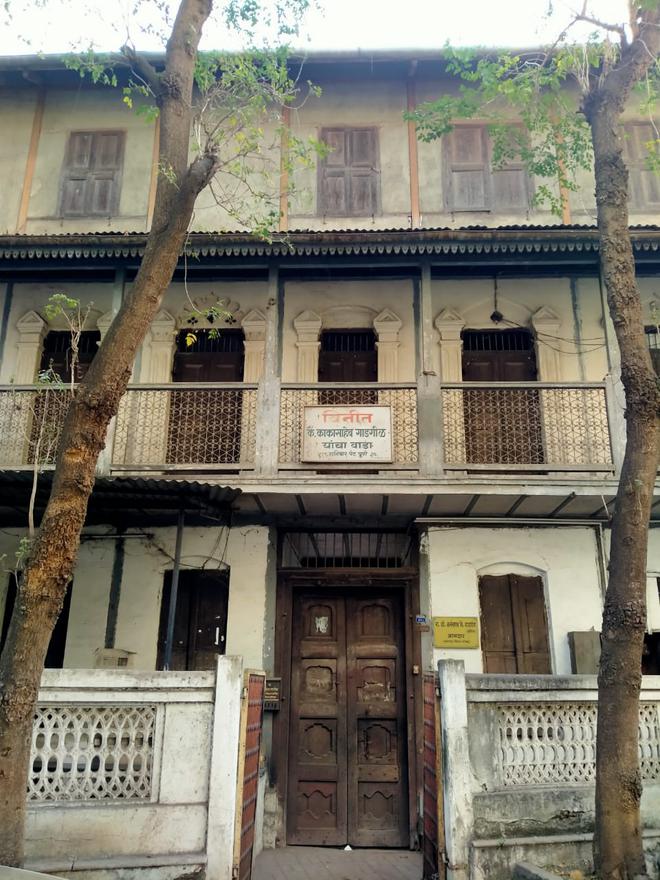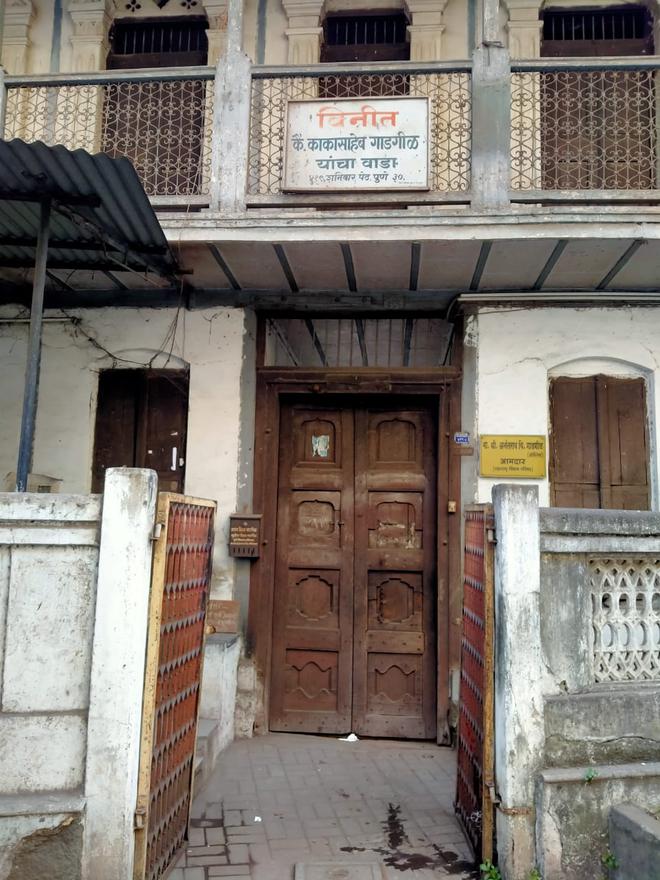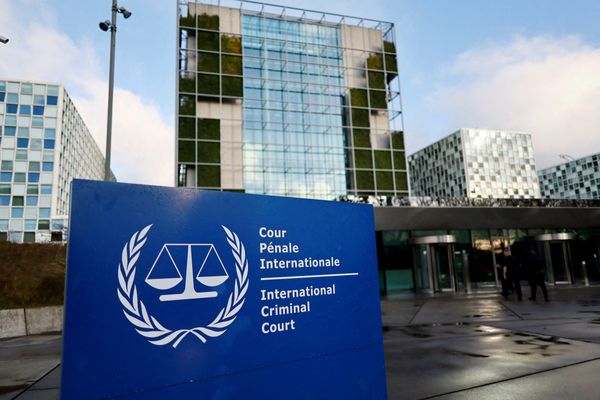As the country gears up for the 75th anniversary of its Independence, the venerable walls of the ‘Gadgil Wada’ sited in the heart of old Pune bears witness to a fascinating period of the freedom struggle.
At first glance, the three-storey structure in the city’s Shaniwar Peth seems indistinguishable from the 1,200-odd ‘wadas’ which formed the pulsing heart of Peshwa-era Pune.
Yet, it was in Gadgil Wada that Pune had its momentous tryst with the freedom struggle through the towering personality of Kakasaheb Gadgil, who bought this plot where the structure was built in the 1932.
It was here that in 1942, after the Congress Working Committee (CWC) was released from Ahmednagar Jail that Pandit Jawaharlal Nehru, Sardar Vallabhai Patel and Maulana Azad among others decamped to deliberate the future course of the freedom struggle.
It was at Gadgil Wada that plans for the reconstitution of the socialist Rashtra Seva Dal took place in early 1940s with socialists like S.M. Joshi, N.G. Gore and Shirubhau Limaye and Kakasaheb in the lead.
The story began in the early 1930s when Kakasaheb, looking for a plot of land in Shaniwar Peth to build a house, saw crows drinking water in the north-east corner of this said plot.

“According to a belief held by Kakasaheb, this meant that this house on this plot would never be without a visitor. Today, the Wada is 90 years old and it is the 75 th anniversary of India’s Independence. Not a single day passes without a visitor curious to know what happened here and who were the great personages that graced its premises,” says senior Congressman Anant Gadgil, who Kakasaheb Gadgil’s grandson.
Interestingly, despite being situated at the heart of the right-wing Rashtriya Swayamsevak Sangh (RSS), the Wada has been a confluence of competing ideologies - Left, Centre and Right with everyone - from Congress leaders and Prime Ministers to the BJP’s Atal Bihari Vajpayee setting foot there.
“The area is dominated by a hard-core RSS Brahmin population. Yet, Gadgil Wada, a beacon of even-tempered political ideology, soon became Pune’s nerve-centre of freedom movement as Kakasaheb, influenced by Mahatma Gandhi’s ideals, plunged heart and soul in the independence struggle,” says Anant Gadgil, the third generation of this illustrious political family after Kakasaheb and his father, former Minister Vitthal Gadgil.
A highlight of the Wada is a 500 sq. ft. courtyard in the centre which was always occupied by freedom fighters plotting and planning their next moves, says Anant Gadgil.

“In 1942, after the Congress Working Committee was released from Ahmednagar Jail, Sardar Patel suggested that before going to Delhi, they must all must deliberate for a while in ‘a free atmosphere’ at a nearby place. When suggestions were asked as to what would be the most suitable place, Pandit Nehru immediately reacted saying why look for a place when our friend Kakasaheb has a house in Pune,” says Mr. Gadgil.
It was then that the entire Congress CWC came to Pune and stayed and deliberated for three days at the Gadgil Wada.
“There was no ‘resort culture’ then. And it must be noted that these tall leaders - Pandit Nehru, Sardar Patel, Maulana Azad, Rajendra Prasad and the others slept on ordinary mattresses,” quips Mr. Gadgil, alluding to the deterioration of political culture among all parties in the country today.
The Wada is a microcosm of all the excitement and passion of the freedom struggle. At one point, the British government had decided to arrest Kakasaheb for making a series of provocative speeches.
The entire area round Gadgil Wada, known as ‘Mehunpura’ was encircled by the police who laid a dragnet to arrest Kakasaheb and other leaders.
Although Gadgil Wada has a huge entrance door, one can only enter through a small gate within.
When the police stormed the house, Anandibai Gadgil [Kakasaheb’s wife] stood like a rock barring them, demanding reasons for their intrusion and questioning the police in sharp tones whether they had a warrant.
“Her bold strategy to engage the police in argument for nearly a half-hour gave time to the freedom fighters cloistered in the house to put on a variety of disguises and bolt right under the noses of the British police,” reminisces Anant Gadgil.
In a thrilling escapade, veteran socialist leader S. M. Joshi, who was present at the time, disguised himself as a Muslim while N.G. Gore donned the disguise of a Parsi.
They walked out right under the noses of the British police without the latter recognizing them. Meanwhile, Kakasaheb, along with several other freedom fighters, jumped from the balcony into a temple complex behind.
Despite Kakasaheb being an ardent believer in Mahatma Gandhi’s ideal of ‘non-violence’, the Wada was often used as a ‘safe house’ by freedom fighters of all hues.
“Once, when the police raided Gagdil Wada, they found literature on bomb-making which actually belonged to other revolutionaries using the Wada. Kakasaheb wasn’t even aware of it as he was in jail. This group had planned to kill some English officers during a cultural programme and had even purchased tickets of centre seats in every row, so they could pass the bomb from under the seats to the first row. While this plan fizzled out, it is testament to the Wada’s ‘accommodative nature’ during the freedom struggle,” says Mr. Gadgil.
Just how palpable the duelling between competing ideologies was at the time is best illustrated in an interesting anecdote from the early 1940s.
One day, when veteran socialist leaders S.M. Joshi, N.G. Gore and S. Limaye were walking towards the Wada, they spotted Kakasaheb’s son, a teenaged Vitthal Gadgil (later to be a Congress stalwart in his own right) playing cricket on the road outside ‘Motibaug’, which was the main RSS main centre located barely 500 feet from Gadgil Wada.
“In a memorable conversation, the Socialists told Kakasaheb that today this generation is playing outside Motibaug, but tomorrow, they should not become part of Motibaug,” recalls Anant Gadgil.
That very evening, the socialist leaders met at the Wada and decided to reconstitute the Rashtra Seva Dal to counter the RSS ideologically.
And yet, despite several dignitaries – from Gulzarilal Nanda to Chandrashekhar to I.K. Gujral (when he was PM) visiting this iconic Wada – it was Atal Bihari Vajpayee’s visit that had a touch of humour about it.
Reportedly, when Mr. Vajpayee had asked Vitthal Gadgil (Kakasaheb’s son) for the address to the Wada, V. N. Gadgil drolly said: “There is no need of the address. There is an RSS ‘desert’ called Shaniwar Peth. Once you come there, the only oasis you will see is my house.”
“Vajpayeeji had a hearty laugh about it. But then, such has been the pull of this Wada that all those who visited were charmed by it,” says Anant Gadgil.







